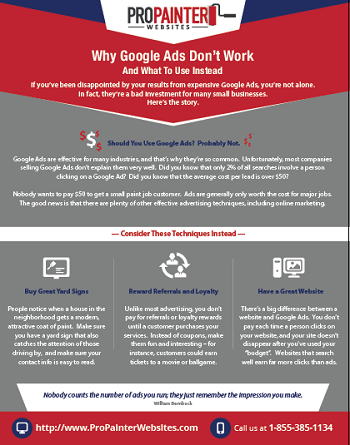Understanding Seasonal Influences On Commercial Exterior Paint: Vital Expertise For Success
Understanding Seasonal Influences On Commercial Exterior Paint: Vital Expertise For Success
Blog Article
Developed By-Ford Whalen
When you're planning an industrial external painting project, seasonal aspects can make or damage your outcomes. You'll wish to consider exactly how temperature level and moisture influence paint application and drying times. Picking the appropriate season can guarantee your paint sticks correctly and lasts much longer. Yet which seasons are truly the most effective for this kind of job? Let's discover the crucial elements that can influence your job's success.
The Effect of Temperature on Paint Application
When you're preparing an industrial external paint task, the temperature level can dramatically affect exactly how well the paint adheres and dries.
Ideally, you intend to repaint when temperatures vary in between 50 ° F and 85 ° F. If it's as well cool, the paint may not heal effectively, causing issues like peeling off or cracking.
On the flip side, if it's also hot, the paint can dry too quickly, preventing appropriate bond and leading to an uneven coating.
You must additionally take into consideration the time of day; morning or late afternoon provides cooler temperature levels, which can be more desirable.
Always examine the manufacturer's suggestions for the specific paint you're utilizing, as they commonly supply support on the ideal temperature range for ideal results.
Humidity and Its Result on Drying Times
Temperature isn't the only ecological aspect that affects your business external painting job; humidity plays a substantial function also. High moisture degrees can slow down drying times substantially, influencing the general high quality of your paint task.
When the air is filled with moisture, the paint takes longer to treat, which can lead to issues like poor adhesion and a greater risk of mold growth. If minnesota painting companies on a particularly humid day, be planned for extended wait times in between layers.
It's vital to keep an eye on regional climate condition and plan appropriately. Preferably, aim for humidity degrees between 40% and 70% for ideal drying.
Keeping these consider mind guarantees your job remains on track and supplies a long-term surface.
Best Seasons for Commercial Outside Painting Projects
What's the most effective time of year for your business outside painting tasks?
Springtime and very early fall are usually your best choices. Throughout these periods, temperatures are mild, and moisture degrees are typically lower, developing ideal conditions for paint application and drying.
Avoid summer's intense heat, which can create paint to dry also promptly, leading to inadequate adhesion and finish. Similarly, exterior painting contractor golden valley can prevent appropriate drying out and treating, running the risk of the long life of your paint task.
Aim for days with temperature levels between 50 ° F and 85 ° F for ideal outcomes. Remember to check the regional weather forecast for rainfall, as damp problems can spoil your task.
Planning around these elements guarantees your painting task runs smoothly and lasts much longer.
Verdict
Finally, intending your commercial outside painting tasks around seasonal factors to consider can make a substantial distinction in the end result. By organizing work during the optimal temperature levels and humidity degrees, you'll ensure far better bond and drying times. Bear in mind to watch on local weather prediction and select the correct time of year-- spring and early fall are your best bets. Taking these steps will help you attain a resilient and expert surface that lasts.
